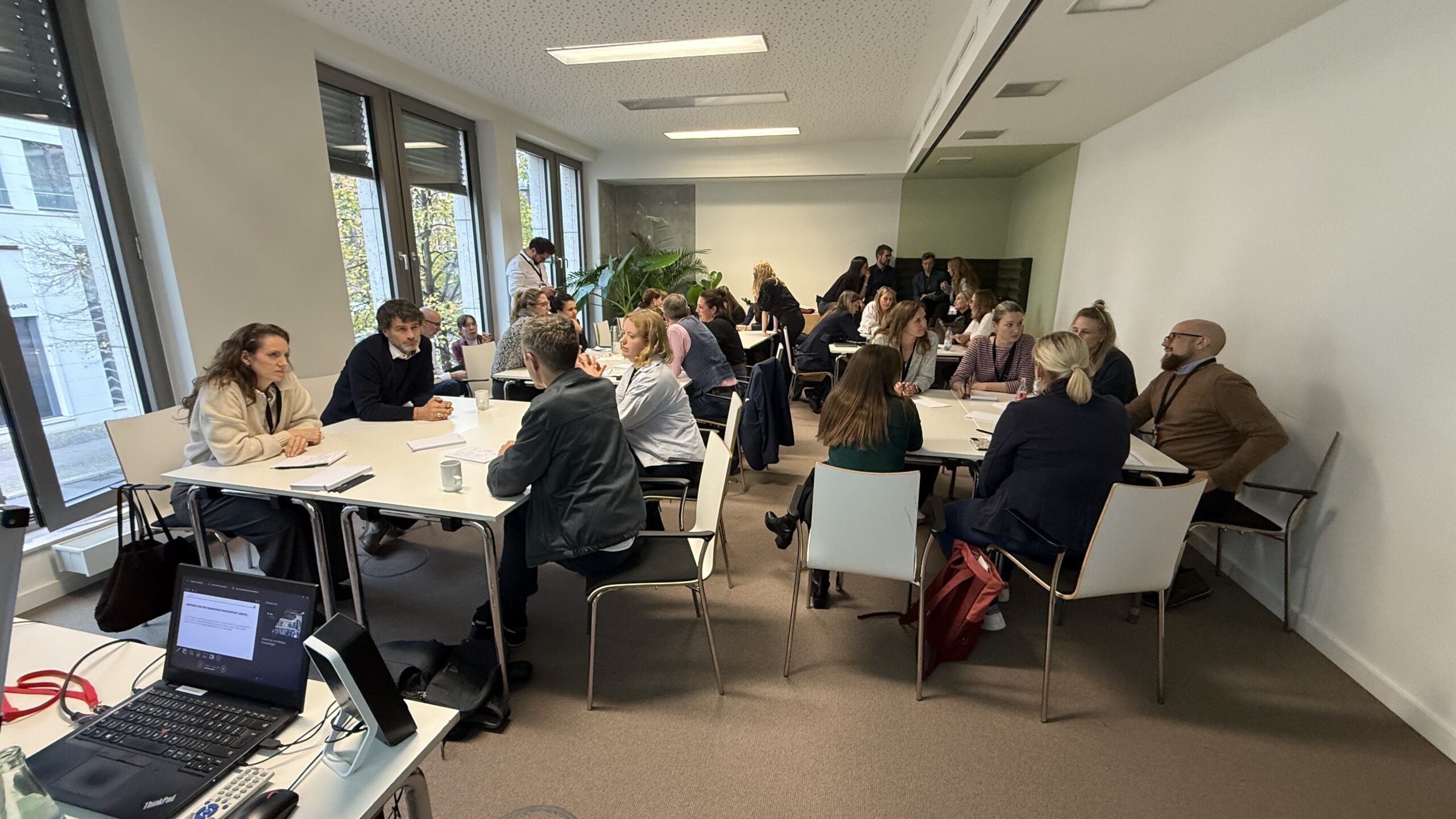
31.01.25
Loss of trust, reputational damage, negative publicity, increased costs for crisis management, employee turnover, legal consequences, lasting damage to image, financial loss – these are just some of the consequences that a shitstorm can have.
Due to the high volatility of the internet and social media, a negative or even just poorly worded post can have a significant impact – regardless of whether the company is actually responsible or not.
If only there were a way to practice a shitstorm in a safe environment, under realistic conditions, but without all the real consequences...
Then it would probably look something like this:
The scenario: TechInnovate GmbH is a medium-sized company that specializes in the development of software solutions for small and medium-sized companies. In a hacker attack, sensitive information from customers and business partners, as well as payment data, is tapped.
The escalation: The first customers air their displeasure and concerns on social media. A well-known tech blogger picks up on the story and publishes a critical article about TechInnovate's inadequate security measures. The article goes viral and increases the negative attention.
The shitstorm: regional media report on the incident. The first news channels and online portals publish articles denouncing the company's security vulnerabilities. Outraged posts accumulate on social media.
Emotions are running high. TechInnovate's social media team has its hands full with monitoring, short statements and answering critical postings. The participants from the press department are working on holding statements and keeping in touch with management. The situation continues to escalate... And then:
The backend team in the next room ends the simulation.
The relief is palpable. The team relaxes. Then the de-briefing follows: What went well? Where does the team need to improve in preparation for an emergency?
Every company should have protocols and strategies for crisis communication in place. Our simulations offer the opportunity to test and refine these in a controlled environment. This makes the strengths of your team and your processes visible, while weaknesses can be specifically identified and remedied.
Deep Dive: How we prepare a social media storm simulation
It all starts with a detailed briefing in which we take a close look at your company, your values and your communication strategy. The better we know you, the more realistically we can design the simulation. Based on our findings, we develop customized scenarios.
Then it gets serious: in real time, you and your team are confronted with negative comments, viral posts and media pressure. Your reactions are closely monitored and analyzed. This is where it becomes clear how well prepared you are for an emergency.
After the storm is before the storm: in the debriefing, we analyze together what went well and where there is still room for improvement. Our experts will give you valuable tips to help you be even better prepared next time.
Ready for the storm?
Have we sparked your interest? Then get in touch to request your customized crisis simulation and let's tackle the topic of crisis prevention together.
Contact us now to learn more!

31.01.25
Loss of trust, reputational damage, negative publicity, increased costs for crisis management, employee turnover, legal consequences, lasting damage to image, financial loss – these are just some of the consequences that a shitstorm can have.
Due to the high volatility of the internet and social media, a negative or even just poorly worded post can have a significant impact – regardless of whether the company is actually responsible or not.
If only there were a way to practice a shitstorm in a safe environment, under realistic conditions, but without all the real consequences...
Then it would probably look something like this:
The scenario: TechInnovate GmbH is a medium-sized company that specializes in the development of software solutions for small and medium-sized companies. In a hacker attack, sensitive information from customers and business partners, as well as payment data, is tapped.
The escalation: The first customers air their displeasure and concerns on social media. A well-known tech blogger picks up on the story and publishes a critical article about TechInnovate's inadequate security measures. The article goes viral and increases the negative attention.
The shitstorm: regional media report on the incident. The first news channels and online portals publish articles denouncing the company's security vulnerabilities. Outraged posts accumulate on social media.
Emotions are running high. TechInnovate's social media team has its hands full with monitoring, short statements and answering critical postings. The participants from the press department are working on holding statements and keeping in touch with management. The situation continues to escalate... And then:
The backend team in the next room ends the simulation.
The relief is palpable. The team relaxes. Then the de-briefing follows: What went well? Where does the team need to improve in preparation for an emergency?
Every company should have protocols and strategies for crisis communication in place. Our simulations offer the opportunity to test and refine these in a controlled environment. This makes the strengths of your team and your processes visible, while weaknesses can be specifically identified and remedied.
Deep Dive: How we prepare a social media storm simulation
It all starts with a detailed briefing in which we take a close look at your company, your values and your communication strategy. The better we know you, the more realistically we can design the simulation. Based on our findings, we develop customized scenarios.
Then it gets serious: in real time, you and your team are confronted with negative comments, viral posts and media pressure. Your reactions are closely monitored and analyzed. This is where it becomes clear how well prepared you are for an emergency.
After the storm is before the storm: in the debriefing, we analyze together what went well and where there is still room for improvement. Our experts will give you valuable tips to help you be even better prepared next time.
Ready for the storm?
Have we sparked your interest? Then get in touch to request your customized crisis simulation and let's tackle the topic of crisis prevention together.
Contact us now to learn more!



